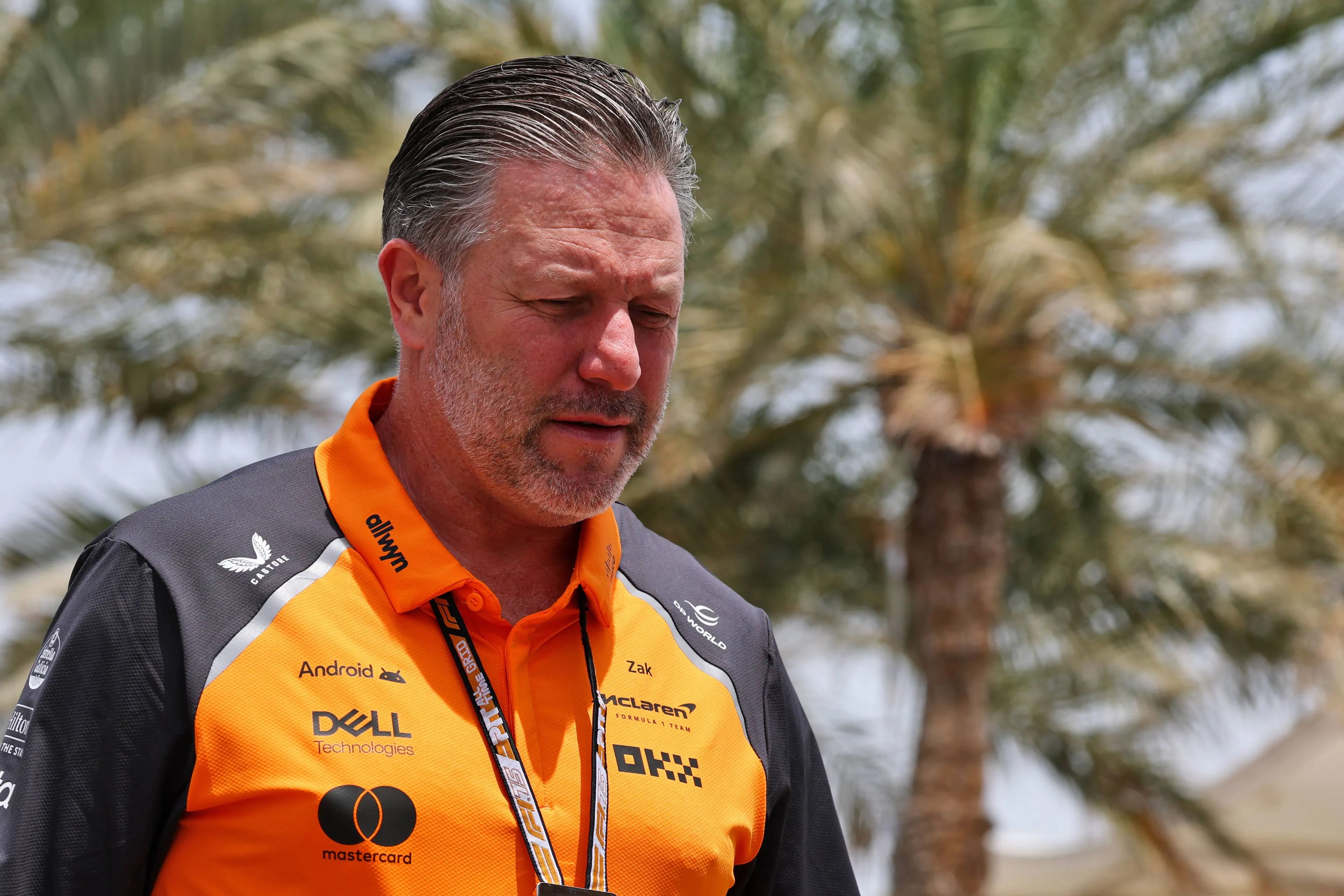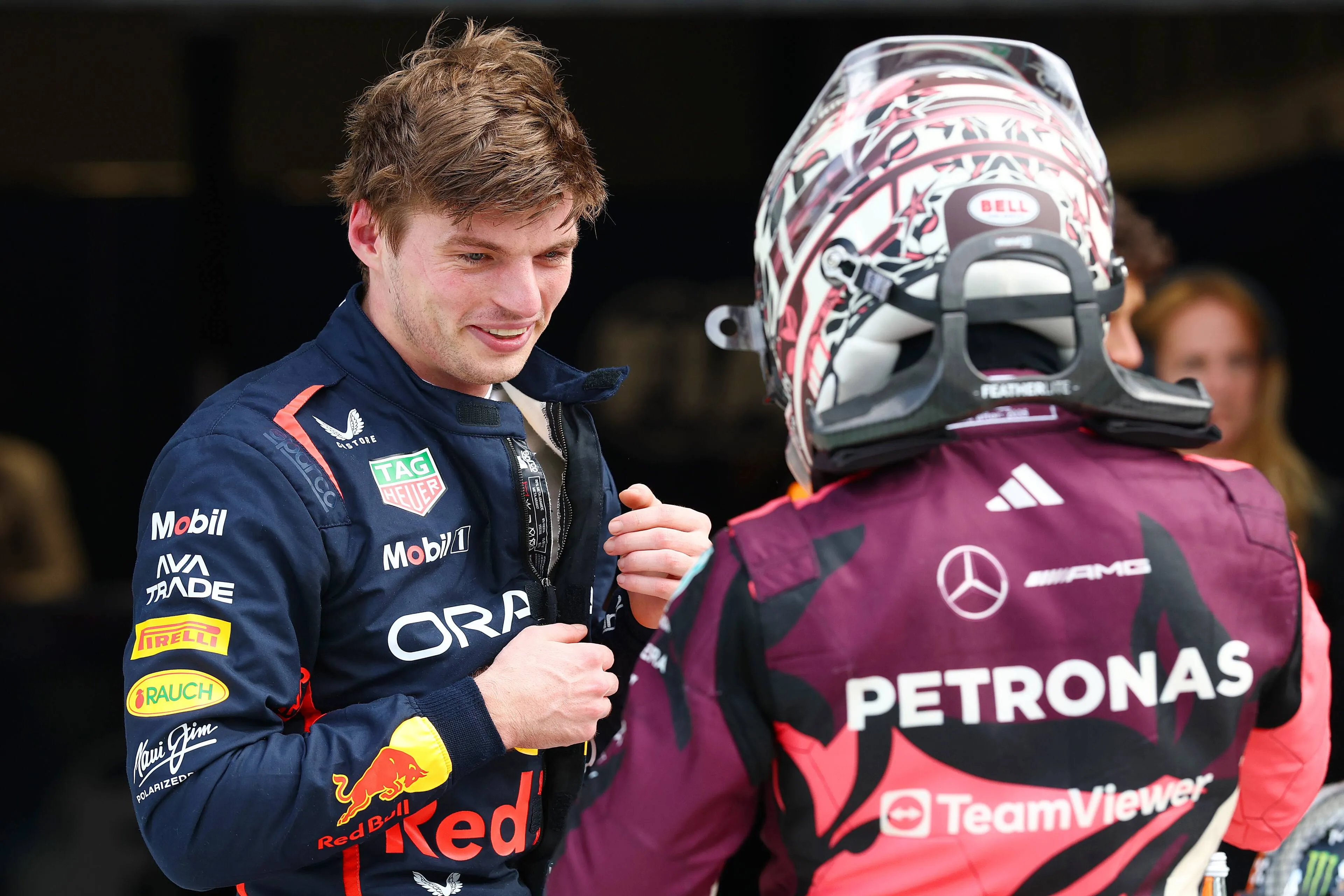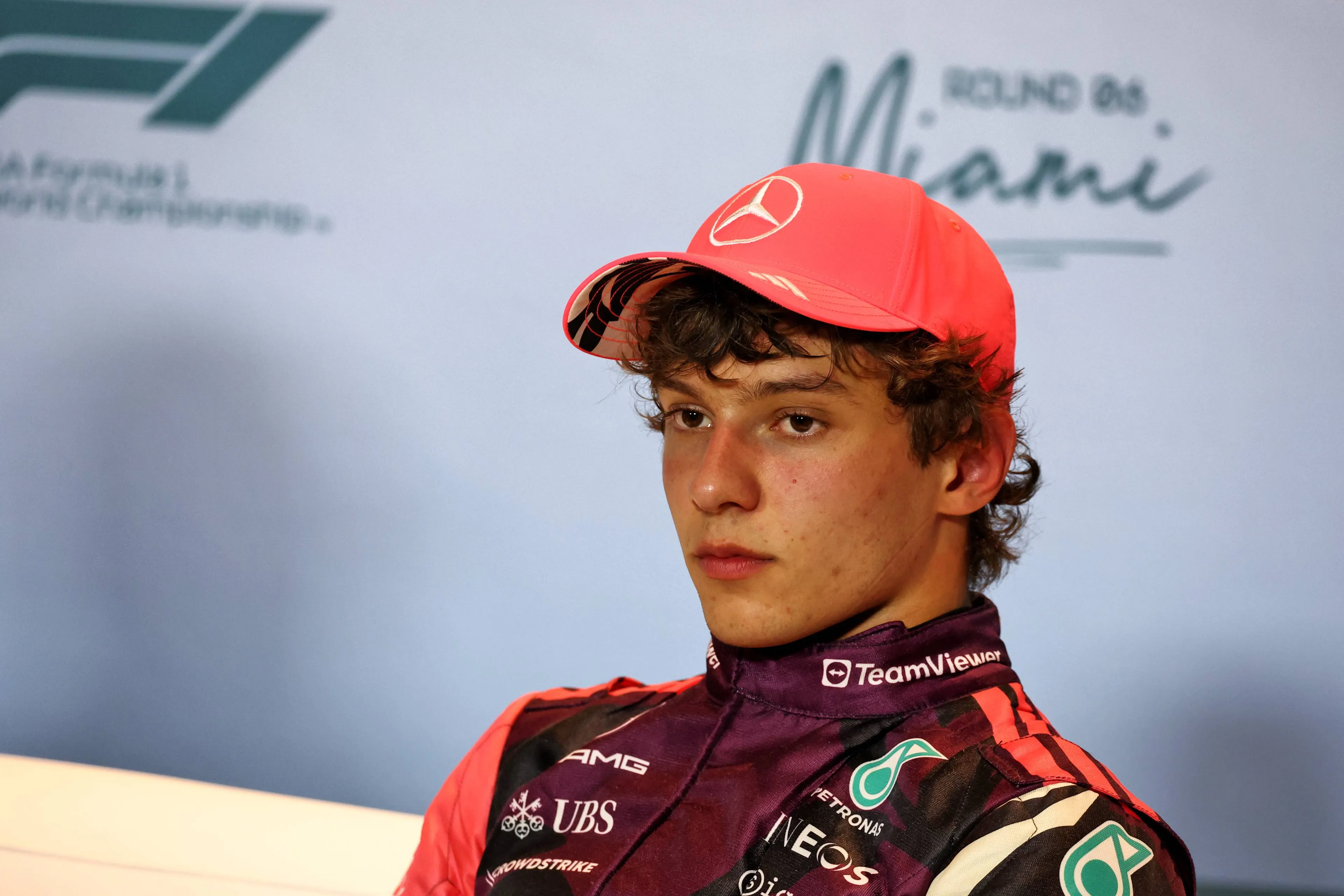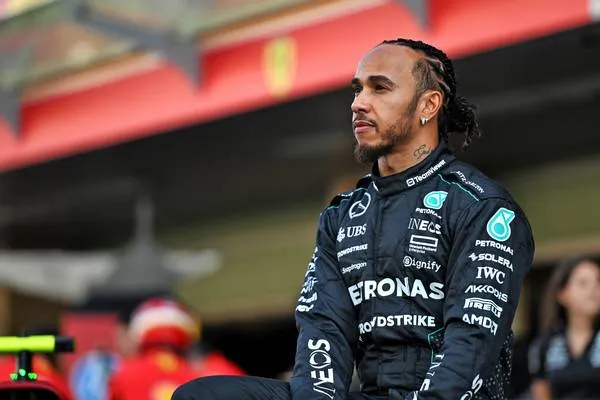Silverstone
The Silverstone Circuit is one of the most iconic tracks in Formula 1 history, located in the heart of the East Midlands in the United Kingdom. Known for its fast straights, challenging corners, and rich history, Silverstone has hosted the British Grand Prix since 1950, making it one of the oldest and most prestigious circuits on the F1 calendar.
Once a Royal Air Force (RAF) bomber station during World War II, Silverstone has evolved into a motorsport haven. With its unique mix of high-speed corners and historic significance, the circuit continues to thrill fans and drivers alike year after year.
A Rich History at Silverstone
Silverstone’s history in Formula 1 is legendary, beginning with the very first Formula 1 World Championship race in 1950, where Giuseppe Farina won for Alfa Romeo. Over the decades, Silverstone has been a key venue, witnessing some of the sport’s greatest moments and most memorable races. The circuit has seen countless legends race its tarmac, including Jim Clark, Alain Prost, Nigel Mansell, and Lewis Hamilton.
The circuit has undergone numerous layout changes throughout its 70+ years of hosting the British GP. The most recent layout, which has remained largely unchanged since 2011, features 18 corners over a length of 5.891 km, offering a combination of high-speed sections and technical corners that challenge even the best drivers in the world.
The Famous Corners of Silverstone
Silverstone is known for its high-speed layout and iconic corners, making it one of the most challenging circuits in the world. Some of the most famous sections of the track include the S-section consisting of Maggots, Becketts, and Chapel. This tricky combination of fast flowing corners is beloved by drivers and fans, it also requires extreme driver skill and car balance to properly manoeuvre an F1 car around here. One more iconic corner is Copse corner, the right hand kink before Maggots and Becketts that saw Hamilton and Verstappen famously come together in 2021. Furthermore, the medium speed corners Brooklands and Luffield trigger a driver’s car handling to the maximum, the exit of Luffields is also a key moment in the lap as the long straight towards Copse corner follows soon after. Lastly the Silverstone straights are iconic, both because of their names and their great overtaking opportunities. The drivers first tackle the pit straight, named after Lewis Hamilton, next up is the Wellington straight which proceeds the slowest section of the track. Lastly drivers must maximise their exit speed off of Chapel corner as the Hanger Straight leading into Stowe is also an excellent opportunity for passing competitors on track.
Why Silverstone Is Special
The British Grand Prix at Silverstone is not just a race—it’s a celebration of motorsport. The circuit’s history, combined with its demanding layout and passionate fans, makes it one of the highlights of the Formula 1 calendar. From its early days as an RAF airbase to becoming the spiritual home of British motorsport, Silverstone holds a special place in the hearts of fans and drivers alike.
With Max Verstappen, Lewis Hamilton, and other top contenders all vying for victory, the 2025 British Grand Prix promises to be another unforgettable race weekend at one of the most revered tracks in the world.
Lewis Hamilton at Silverstone
The British racing legend Lewis Hamilton is the most successful driver around the Silverstone Circuit in F1 history, with nine victories and fifteen podium finishes. In fact, these stats make the 40-year-old F1’s most successful driver at their home Grand Prix as well. It could be said Lewis truly holds a special bond with his home circuit.
One of the Brit’s most memorable races in the UK was the 2008 edition, in qualifying for the British Grand Prix Hamilton only managed fourth place. On Sunday, however, rain bucketed down onto the racetrack and a young and eager Lewis went flying around the circuit. He lapped the entire field apart from the podium finishers, his closest rival, Felipe Massa, finished 1 minute and 8 seconds behind the Brit, who would become world champion for the first time later that year.
Popular on GPBlog

1
Max Verstappen does it again: In Imola, everyone is talking about him (and Franz)
768 times read

2
McLaren beats a tight field with outsider confirming shock pace
672 times read
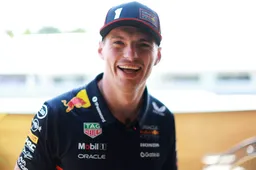
3
Verstappen finally receives good news: Red Bull solves this key issue
638 times read
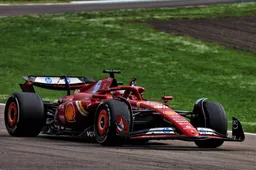
4
F1 LIVE | Piastri leading FP1 at the Emilia-Romagna Grand Prix as soft tyres in use around Imola
591 times read
